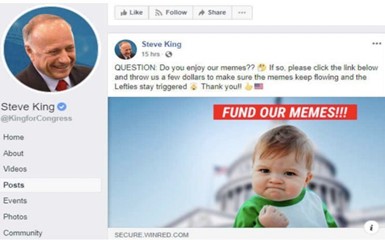The US Court of Appeals for the Ninth Circuit upheld a $56 million trial verdict in a trademark dispute, finding that the evidence supported the jury’s conclusion that a beer company’s rebranding of one its beers infringed a competitor’s trademark. Stone Brewing Co., LLC v. Molson Coors Beverage Company USA LLC, Case No. 23-3142 (9th Cir. Dec. 30, 2024) (Graber, Friedland, Bumatay, JJ.) (nonprecedential).
Stone Brewing sued Molson Coors in 2018 alleging that Molson changed its packaging of Keystone Light to emphasize the word “stone” in its “Own the Stone” marketing campaign, and that this change infringed Stone Brewing’s trademarks and caused consumer confusion. Molson raised a variety of defenses, all of which were rejected. A jury found infringement and ultimately awarded Stone Brewing $56 million. Molson appealed.
Molson argued that the district court erred in finding that the four-year laches clock did not bar Stone Brewing’s Lanham Act claims. The Ninth Circuit found that the laches clock began running in 2017 when Molson launched the “Own the Stone” campaign, to which all of Stone Brewing’s claims related. The Court noted that prior to 2017, Molson never referred to Keystone as anything other than Keystone in its packaging, marketing, or advertising materials, and specifically never broke up the product name “Keystone” and used the term “Stones” to refer to the number of beers in a case (“30 stones”) or as a catch phrase (e.g., “Hold my Stones”). Thus, the Court found that Stone Brewing brought the suit within the four-year statute of limitations period.
Molson also argued that the district court erred in refusing to set aside the jury verdict on the ground that Molson had a superior interest in the STONE mark. Stone Brewing applied to register the STONE mark in 1996, and the Ninth Circuit found there was substantial evidence that Molson did not approve production of packaging that used “Stone” before that date.
Molson argued that the district court erred in refusing to set aside the jury verdict on likelihood of confusion. The Ninth Circuit disagreed, explaining that Stone Brewing provided evidence from which a jury could plausibly conclude there was “actual confusion” by distributors and customers who thought that Stone Brewing sold Keystone Light. The Court noted that Molson expressly de-emphasized “Keystone” and instead highlighted “Stone” in its 2017 product refresh. The Court also explained that both brands compete in the same beer space, use the same marketing and distribution channels, and are relatively inexpensive products, all of which allowed the jury to plausibly conclude that Molson’s 2017 product refresh of Keystone Light was likely to cause consumer confusion.
Molson also challenged the damages award. At trial, Stone Brewing sought damages in three categories:
- $32.7 million for past lost profits
- $141.4 million for future lost profits
- $41.8 million for corrective advertising.
The jury returned a verdict of $56 million in general damages, which was about one quarter of the requested damages, but did not indicate what amount came from each category. Molson argued that [...]
Continue Reading
read more


 Subscribe
Subscribe




